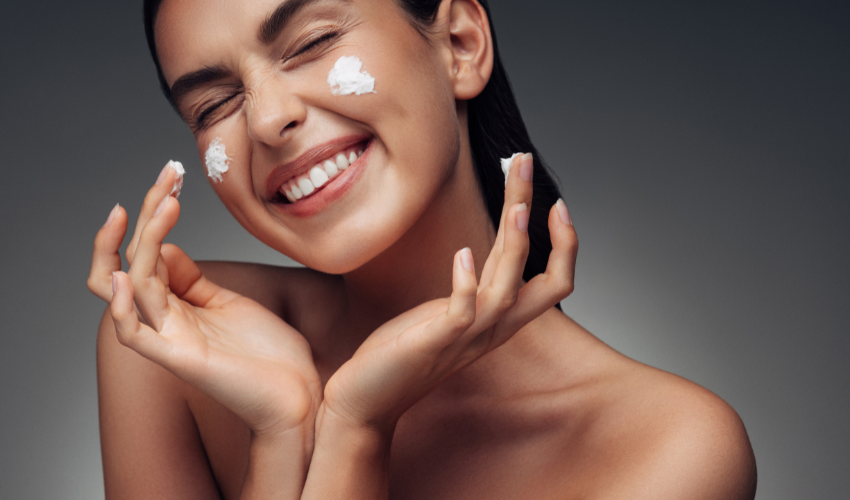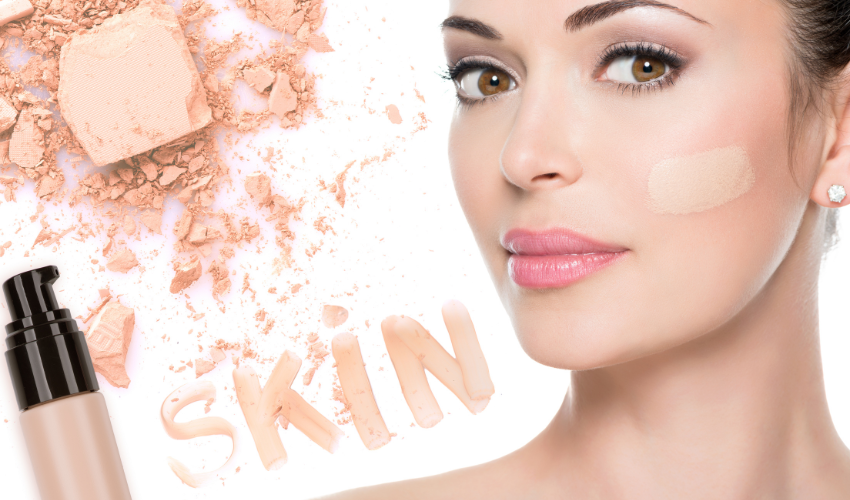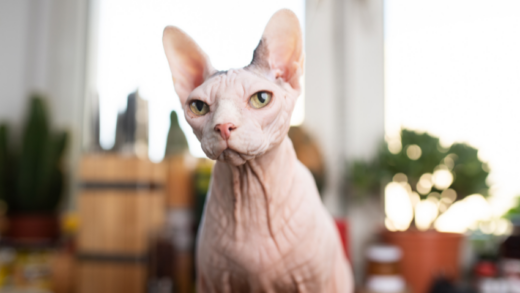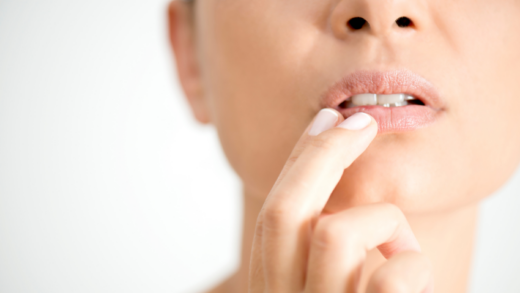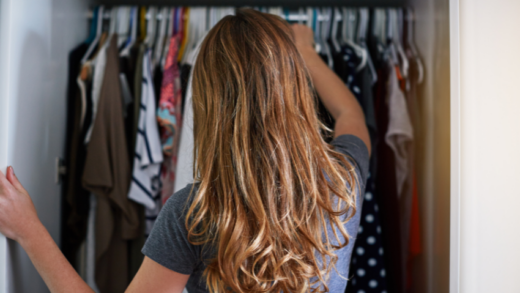Makeup has been around for thousands of years, evolving and adapting to different trends and needs. One of the most essential techniques in makeup artistry is underpainting, a step that creates a smooth and even base for foundation and other products. Underpainting makeup helps to correct imperfections, enhance features, and prolong the wear of the makeup. In this article, we’ll explore the world of underpainting makeup, from its definition to its application.
What is Underpainting Makeup?
Underpainting makeup is a technique used to even out skin tone and texture before applying foundation. It involves using a color-correcting product, such as a primer or a color corrector, to neutralize any discoloration or redness on the skin. The goal of underpainting is to create a blank canvas that allows for a flawless application of foundation and other makeup products.
How to Apply Underpainting Makeup?
- Start with clean, moisturized skin.
- Choose a color-correcting product that matches your skin concerns. For instance, green color correctors neutralize redness, while peach or orange correctors counteract dark circles and spots.
- Apply the color corrector to the areas that need correction, such as the cheeks, nose, forehead, and chin. Use a small amount and blend well with a brush or a sponge.
- Wait a few seconds for the product to settle into the skin.
- Apply foundation on top of the corrector, using a stippling brush or a beauty blender.
- Set the makeup with powder or setting spray.
Benefits of Underpainting Makeup
- Creates a smooth and even base for makeup application.
- Corrects discoloration and redness.
- Enhances the longevity of makeup.
- Diminishes the appearance of pores and fine lines.
- Allows for a more natural-looking makeup.
Products to Use for Underpainting Makeup
- Color-correcting primer: a primer that comes in different colors to address different skin concerns.
- Color corrector: a cream or liquid product that neutralizes specific colors on the skin.
- Concealer: a product that covers blemishes, dark circles, and other imperfections.
- Foundation: a base product that evens out skin tone and texture.
- Setting powder or spray: a product that prolongs the wear of makeup and prevents creasing.
FAQs
Can I skip underpainting if I have clear skin?
While underpainting is not necessary for everyone, it can help create a more even and flawless complexion, regardless of skin type.
Can I use more than one color corrector?
Yes, you can use multiple color correctors to address different skin concerns. For instance, you can use a green corrector for redness and a peach corrector for dark circles.
Can I apply underpainting on top of sunscreen?
Yes, you can apply underpainting on top of sunscreen, as long as the sunscreen has fully absorbed into the skin.
Can I use underpainting for body makeup?
Yes, you can use underpainting on the body to even out skin tone and texture, especially for areas that require extra coverage, such as scars or tattoos.
How do I choose the right color corrector?
Choose a color corrector that matches your specific skin concern. For instance, if you have redness, choose a green corrector. If you have dark circles, choose a peach or orange corrector. You can also consult with a makeup artist or beauty advisor for personalized advice.
Conclusion
Underpainting makeup is a crucial step in achieving a flawless and long-lasting makeup look. By using color correctors to neutralize discoloration and redness, underpainting creates a smooth and even base for foundation and other makeup products. Whether you have clear skin or specific skin concerns, underpainting can enhance the natural beauty of your skin and help your makeup last all day. With the right products and techniques, you can master the art of underpainting and achieve a radiant complexion.
